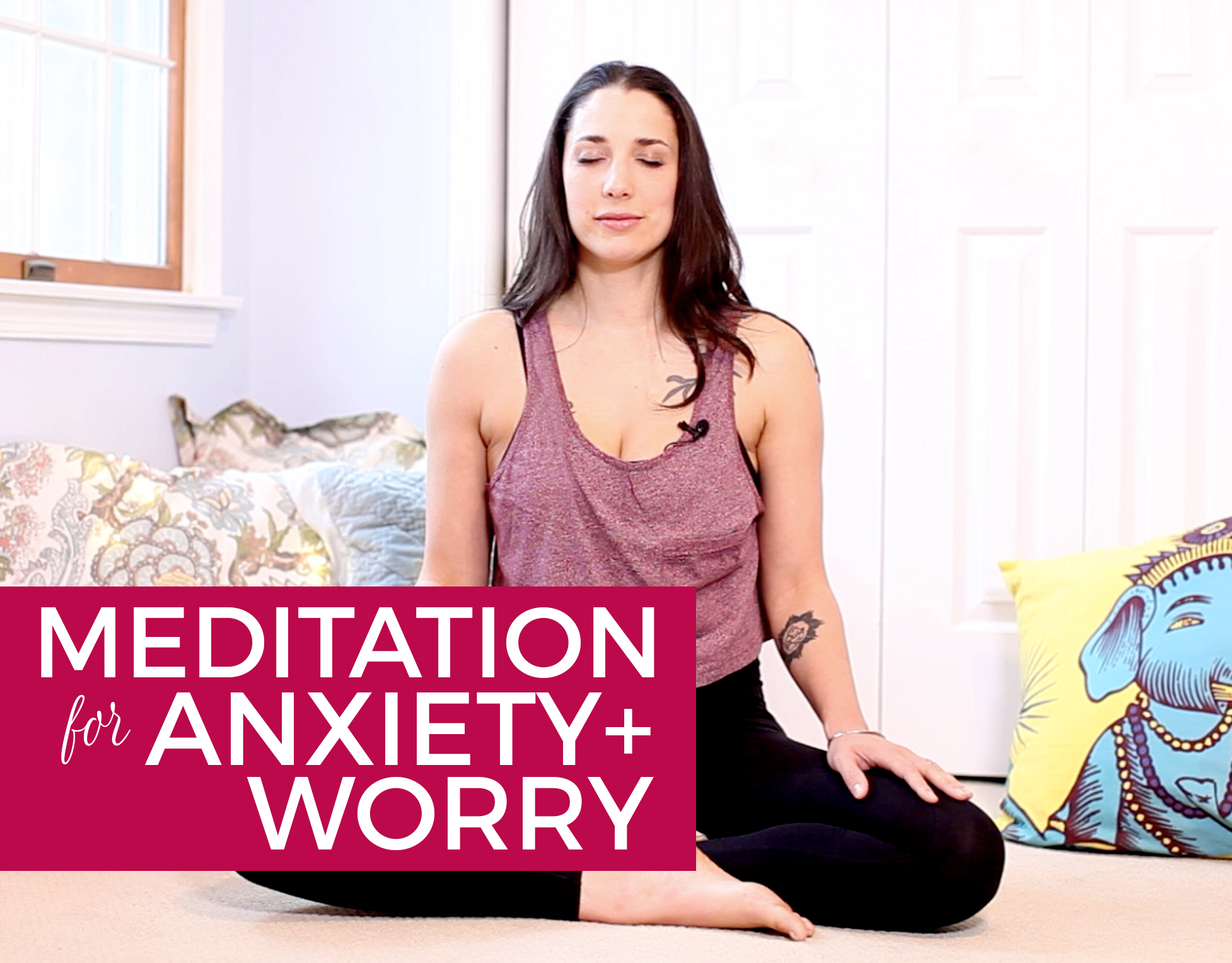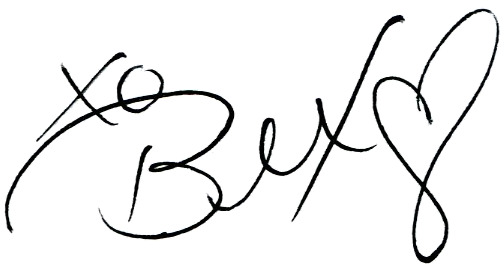
Are you ready to let it go?
You know—the “it” that’s weighing your down, clouding your thoughts, keeping you distracted, keeping you stuck. The “it” that’s making the next awesome thing feel not-so-awesome. The “it” that’s been haunting you for far too long.
And what does it mean to let go? Is complete release from a past trauma even possible?
What I’m about to share is a clearing up of what “letting go” means to me, and why it’s such an important practice to embrace, especially when it comes to events, feelings, and situations that hold us back or haunt us.
I’m sharing something I wrote in response to a question from a member of my group coaching program, Blocked to Blissed, on the topic of letting go:
“Letting go is a complicated concept, and I’d like to offer my take on it.
“A thing happens, and that thing really stings. It stays with you… the memory, the sting, the resentment. It replays and replays until it becomes part of you.
“The fact that the thing happened doesn’t change. But what can change is your relationship to it.
“Go back to the memory. Can you look at it from all perspectives (or at least one other than your own)? The sting. Can you release or let go of the fact that the thing doesn’t HAVE to affect you in the same way anymore (this is where the letting go part comes in).
“You don’t have to forget. You don’t have to forgive. Letting go is about allowing. It happened, but it isn’t happening. It hurt, but it doesn’t have to hurt anymore.
“You have an option to relate to this thing in a new way. Then, use the tools. The exercise, the screaming, the crying, the meditating, the tapping, the talking, the journaling… but use them with the understanding that you are engaging in a release from the attachment to the idea that this thing has control over you. Because it doesn’t.”
Are there things that burden you that you’ve been unable to release? Is letting go always a good idea, or do you think there are some “bad” or “negative” feelings that serve us with their presence? Is letting go easy for you? How do you do it?
Try this meditation, and let me know your thoughts in the comments or on social media.
I used meditation to change my own past by reframing and releasing an old narrative of something that happened to me in childhood. I shared the experience in Chapter 6 of my book, You Have 4 Minutes to Change Your Life.
“When I came out of that meditation, I realized that I’d been angry with my father for years for something that had actually been a joyful experience for me. I learned in that moment that happiness is often a matter of perspective. We place intellectual demands on our lives that specify what happiness can and cannot be instead of paying attention to how we truly feel in the moment […] Meditation allows us to extract the opinions of others from the dialogue. It even allows us to extract our own opinions from the dialogue, as it did in my case. In meditation we can go into the center of what being happy really means to us on a deep level. Most of the time in our lives, we’re seen or heard or read by others—in person, on the phone, or on social media. The great thing about meditating is that we can just be silent observers of ourselves. We can ask questions like ‘How do I really feel?'”
Pick up my book and get lots of FREE bonuses here.
This was another meditation that came by request from an audience member. I love, love, love fulfilling your video requests, so please keep them coming! And they don’t just have to be about meditation—all topics and formats are welcome, including requests to interview your favorite lightning makers and thought leaders.
Stay blissed!


Rebekah “Bex” Borucki, founder of BexLife.com and the Blissed In® wellness movement, is a mother-of-five, TV host, meditation guide, author, speaker, birth doula, fitness and yoga instructor, and popular social media personality. Her first book, You Have 4 Minutes to Change Your Life (Hay House 2017), is available now, wherever books are sold.
DISCLAIMER: This post/video is designed for educational and/or informational purposes only and should not be used in any other manner. This information is not intended to substitute informed medical advice. You should not use this information to diagnose or treat a health problem or disease without consulting with a qualified health care provider. A consultation with your health care professional is the proper method to address your health concerns. You are encouraged to consult your health care provider with any questions or concerns you may have regarding your condition.


